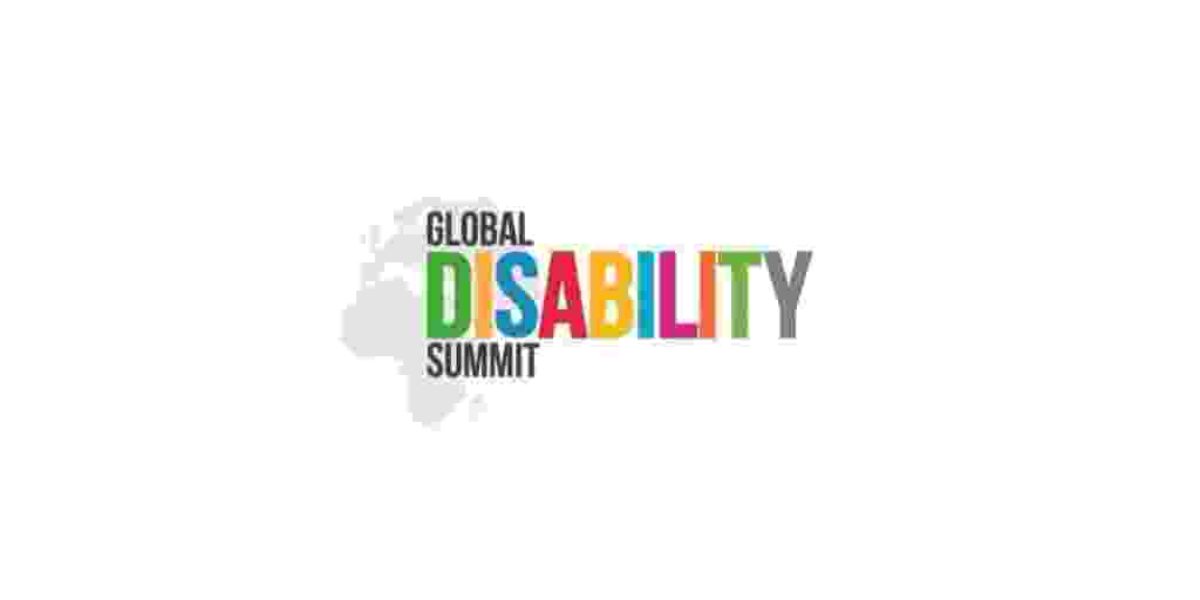Global Disability Summit 2018
Aug 07, 2018

On 24th July, the first Global Disability Summit took place in London, co-hosted by the UK Government, the International Disability Alliance and the Government of Kenya. The Summit’s hashtag, #NowIsTheTime, underscored the need for urgent action.
The Summit has already resulted in 170 commitments from international organisations and governments to tackle the barriers to full and equal participation in society faced by people living with disabilities. The UK, for example, announced it will be joining an ambitious global partnership on assistive technology, in collaboration with nine governments and organisations including USAID, WHO and UNICEF.
At first, it may be difficult to see how mental health fits into some of these commitments, but in fact, mental health is very much a part of the global disability agenda. Of the one billion people living with a disability, an estimated 60% have a psychosocial disability. According to the Global Burden of Disease studies, mental, neurological and substance use disorders are the leading cause of disability worldwide.
At the Summit, several panellists, including international representatives of groups for users and survivors of psychiatry, raised the issue of institutionalisation in low- and middle-income countries. The UN Convention on the Rights of Persons with Disabilities entitles people living with psychosocial disabilities to the right to community living and freedom from torture, inhuman and degrading treatment, in addition to the right to health. Yet, as reports from watchdog organisations such as Amnesty International and Human Rights Watch have observed, mental health care is often relegated to a few poorly-maintained, underequipped and understaffed institutions located in primarily urban areas. With few alternatives available, people living with psychosocial disabilities may find themselves detained in institutions for years at a time.
This had us thinking—in lieu of assistive technologies like wheelchairs and eyeglasses for people living with physical disabilities, how can technology help to address barriers to inclusion for people with psychosocial disabilities, such as institutionalisation?
One promising example is FaNs for Kids, a project run by Usman Hamdani at the Human Development Research Foundation, which is participating in the Ember pilot. Working in rural Pakistan, FaNs for Kids aims to support parents of children with developmental disorders, through a community-based network of trainers, organisers and peers. FaNs for Kids first worked with 70 families and 10 volunteers, covering a rural population of 30,000 people at a cost of $2 USD per month, per family. It is currently scaling up to reach a population of one million. Key to its success has been technology-assisted screening and training, developed largely in-house by a local team with a nuanced understanding of this hard-to-reach population.
With the world’s first global ministerial mental health summit on the horizon, we need to champion grassroots solutions like FaNs for Kids and secure real commitments from governments and organisations to sustain and scale up their good work. At the same time, we need to prepare innovators like Usman to answer that crucial question that follows this sort of high-level commitment: “How do we make it happen?”
Follow our work with FaNs for Kids and the other Ember innovators, for more insight into the process of preparing for sustainability and scale up.